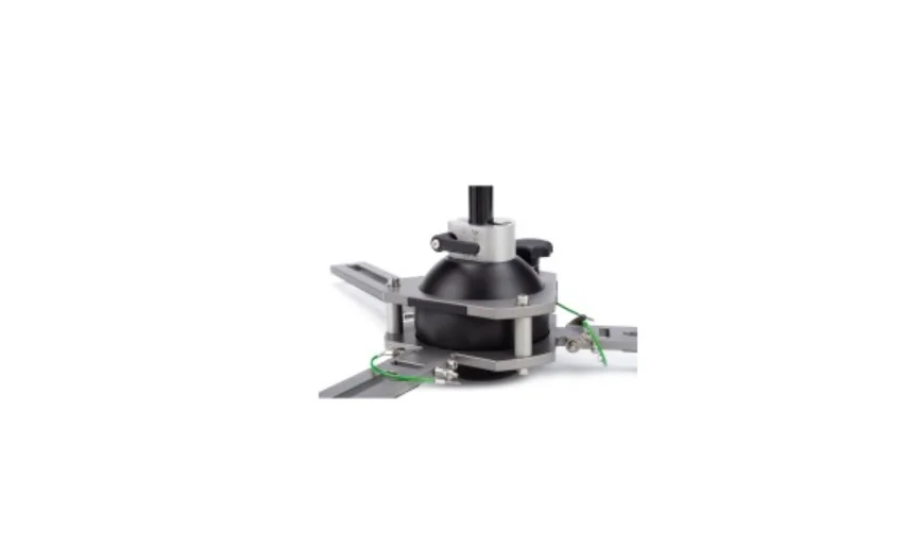Introduction
In our fast-paced digital era, certain codes and identifiers often spark intrigue and speculation. One such code that has recently garnered attention is 2129/2102-1. This article aims to explore every aspect of this code, providing readers with a comprehensive and thoroughly researched analysis. We strive to cover all angles, ensuring that you have all the information needed to understand the context and implications surrounding 2129/2102-1.
Understanding 2129/2102-1
Basics
The code 2129/2102-1 resembles an identification number typically associated with various sectors, including industry standards, government regulations, and legal frameworks. However, no specific source currently links it to any widely recognized category. This code may represent a specialized technical identifier utilized in niche areas such as manufacturing, legal documentation, medical records, or governmental classifications.
Can That Be A Legal Document Code?
Across various jurisdictions worldwide, codes play a crucial role in tracking and identifying legal cases, rulings, or orders related to specific fields such as taxation, real estate, and patents. As a result, the code 2129/2102-1 could potentially denote a legal directive or government order within a certain jurisdiction. Similar codes are often employed to catalog specific case files or manage administrative records, serving as essential tools for legal organization and reference.
Possible Industrial And Technical Applications Of 2129/2102-1
Industry Application – Manufacturing Or Engineering
In the fields of manufacturing and engineering, numeric codes like 2129/2102-1 are frequently utilized to represent specific parts, machine models, or components. When this code refers to a particular part or system component, it may act as a catalog or reference number within an internal inventory management system.
Alternatively, it could denote a specific machinery configuration, model number, or technical drawing that engineers, manufacturers, or supply chain managers reference when ordering components or constructing systems. This ensures clarity and efficiency in production processes and inventory management.
Product Standards Reference
Another potential application of the code 2129/2102-1 lies within global product standards. Various industries, including automotive and electronics, adhere to international standards established by organizations such as the International Organization for Standardization (ISO) and the International Electrotechnical Commission (IEC). These standards are typically represented by specific codes. Therefore, 2129/2102-1 could serve as a code defining regulations related to product safety or quality assurance.
Global Pertinence And Identifiers Comparably Employed In Different Nations
U.S. And European Systems
Regulatory agencies in various countries, including the United States and European Union member states, utilize specific codes to monitor product certifications, environmental approvals, and compliance with trade regulations. The code 2129/2102-1 could be part of such regulatory frameworks.
For instance, organizations like the U.S. Food and Drug Administration (FDA) and the European Chemicals Agency (ECHA) regularly assign codes to facilitate the registration of products within the industrial and chemical sectors.
Asia-Pacific Markets
Product codes like 2129/2102-1 are prevalent across numerous industries, particularly in the electronics and telecommunications sectors within Asia-Pacific markets, including China, Japan, and India. These codes also extend to areas such as food safety.
Similarly, this coding system is utilized for the certification of products and the approval of regulatory filings related to business transactions or imports, ensuring compliance and traceability in the marketplace.
Unraveling The Mystery Of 2129/2102-1 In Popular Culture
Symbolism In Fiction Or Popular Media
Could the code 2129/2102-1 have gained attention through media, perhaps as a fictional element in films or television? Throughout history, certain codes have achieved significant cultural significance, such as “42” from The Hitchhiker’s Guide to the Galaxy or “007” from the James Bond franchise. While 2129/2102-1 has not yet reached that level of recognition, it remains possible that it may appear in future narratives in a similar manner.
The Future Of Technology With 2129 And 2102-1
As we move forward, the importance of model numbers such as 2129 and 2102-1 is set to grow. The advancements associated with these identifiers will play a pivotal role in shaping various industries and will impact our daily interactions with technology.
1. Integration Of AI And Machine Learning
The integration of artificial intelligence (AI) and machine learning (ML) with microcontrollers such as the 2129 is set to significantly enhance their functionality. These technologies will facilitate predictive analytics, streamline automated decision-making, and elevate user experiences across consumer devices and industrial automation systems.
2. Expansion Of IoT
The Internet of Things (IoT) is rapidly expanding, leading to a greater interconnection among devices. The scalability and communication efficiency of the 2129/2102-1 model will enhance the growing IoT ecosystem, enabling smooth data exchange between various devices and systems.
3. Sustainable Technology
As the world increasingly focuses on sustainability, the energy-efficient design of the 2129 model resonates with eco-friendly initiatives. With both businesses and consumers placing a higher value on sustainable practices, technologies that minimize energy consumption are poised to become more prominent.
Comparing 2129 And 2102-1
Although the 2129 and 2129/2102-1 models serve distinct sectors, they both prioritize efficiency and innovation. Recognizing their differences can offer valuable insights into their unique contributions to technological progress.
1. Purpose And Functionality
- The 2129 model is designed for embedded systems and microcontrollers, prioritizing processing power and efficiency for use in consumer electronics and automation applications.
- In contrast, the 2129/2102-1 model is focused on communication and networking, highlighting speed and scalability to facilitate sophisticated data exchange systems.
2. Target Industries
- The 2129 model is well-suited for sectors such as consumer electronics and automotive, where integrated systems are essential.
- In contrast, the 2102-1 model is integral to telecommunications and data management, serving a key role in maintaining strong communication networks.
3. Technological Innovations
Both models exemplify the latest advancements in technology. The 2129 highlights progress in microcontroller technology, whereas the 2129/2102-1 represents the development of communication protocols and improvements in networking efficiency.
2. The 2102-1 Model
Conversely, the 2102-1 model focuses on a distinct area of technology, typically linked to communication systems and networking equipment.
2.1 Features And Specifications
- Communication Protocols: The 2129/2102-1 model is compatible with a variety of communication protocols, enabling it to connect effortlessly with multiple devices. This adaptability is crucial for contemporary networks, which need to support a range of technologies.
- Speed and Efficiency: Renowned for its rapid processing capabilities, the 2102-1 model guarantees swift data transmission, minimizing latency in communication networks. This feature is vital for real-time applications, such as video conferencing and online gaming.
- Scalability: Designed with scalability in mind, the 2102-1 allows users to easily expand their systems. This flexibility is especially advantageous for businesses anticipating growth, as it supports a dynamic infrastructure.
2.2 Applications
The 2102-1 model finds applications across multiple sectors, including:
- Telecommunications: Thanks to its strong communication capabilities, the 2102-1 model is extensively utilized in telecom networks, providing reliable connectivity for millions of users.
- Data Centers: In the era of cloud computing, data centers depend on the 2102-1 model for effective data management and transmission, enabling smooth access to information.
- Smart Cities: The adoption of 2102-1 technology in smart city projects aids in managing infrastructure, optimizing traffic systems, and enhancing public safety through sophisticated communication networks.
FAQs
1. What is the 2102-1 model?
The 2102-1 model refers to a specific technology used primarily in communication and networking systems, designed to facilitate efficient data transmission and enhance connectivity across various applications.
2. In which sectors is the 2102-1 model used?
The 2102-1 model is commonly utilized in telecommunications, data centers, and smart city initiatives, among other sectors that require reliable communication and data management.
3. What are the key features of the 2102-1 model?
Key features of the 2102-1 model include support for multiple communication protocols, high-speed processing capabilities, and scalability, making it suitable for dynamic network environments.
4. How does the 2102-1 model enhance data transmission?
With its high-speed processing abilities, the 2102-1 model minimizes latency in communication, allowing for quick data transfer, which is essential for real-time applications such as video conferencing and online gaming.
5. Why is scalability important for the 2102-1 model?
Scalability allows users to expand their systems easily as their needs grow, making the 2102-1 model ideal for businesses that anticipate future growth and require a flexible infrastructure.
Conclusion
In summary, the 2102-1 model plays a pivotal role in modern communication and networking technologies. Its robust features, including support for various communication protocols, high-speed data transmission, and scalability, make it an essential component in sectors such as telecommunications, data management, and smart city development. As the demand for reliable connectivity continues to rise, the significance of models like the 2102-1 will only increase, paving the way for enhanced infrastructure and improved user experiences across various applications.
Read More: News Week Blog



